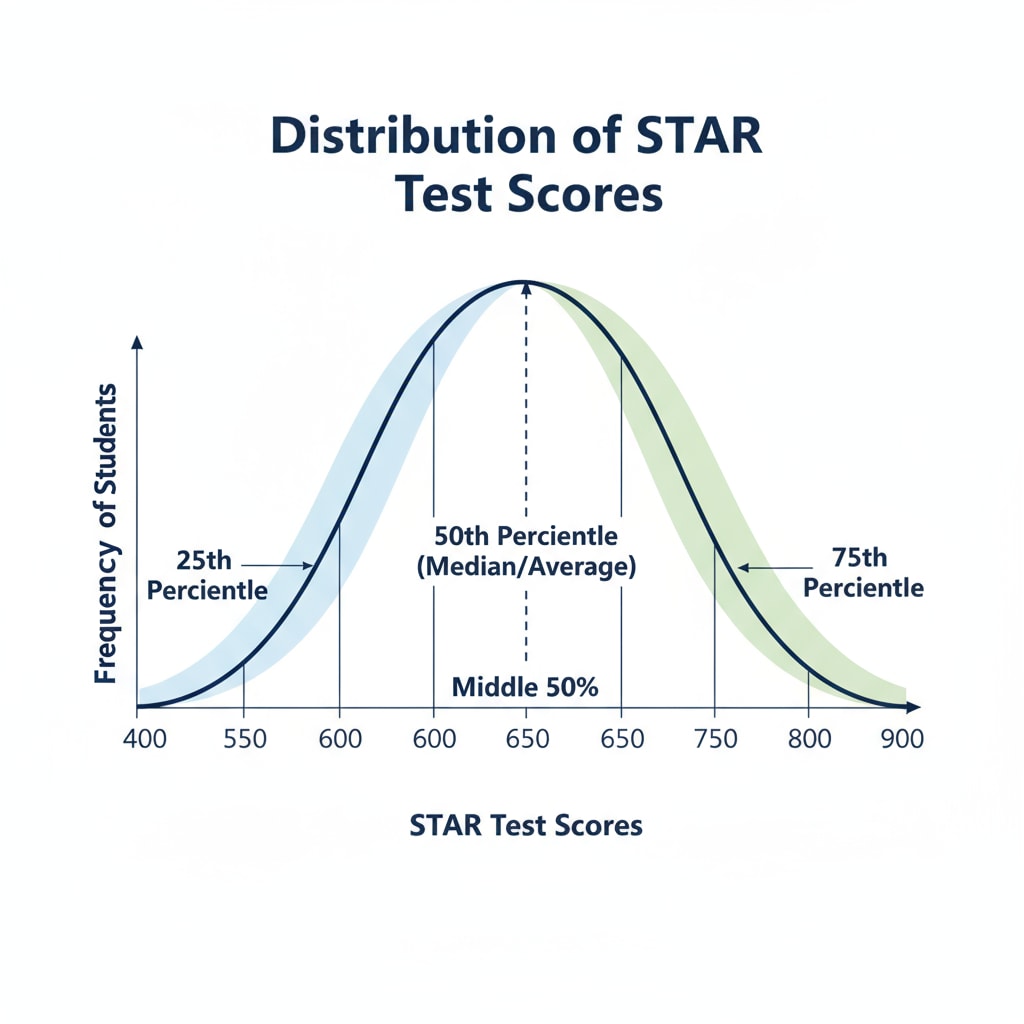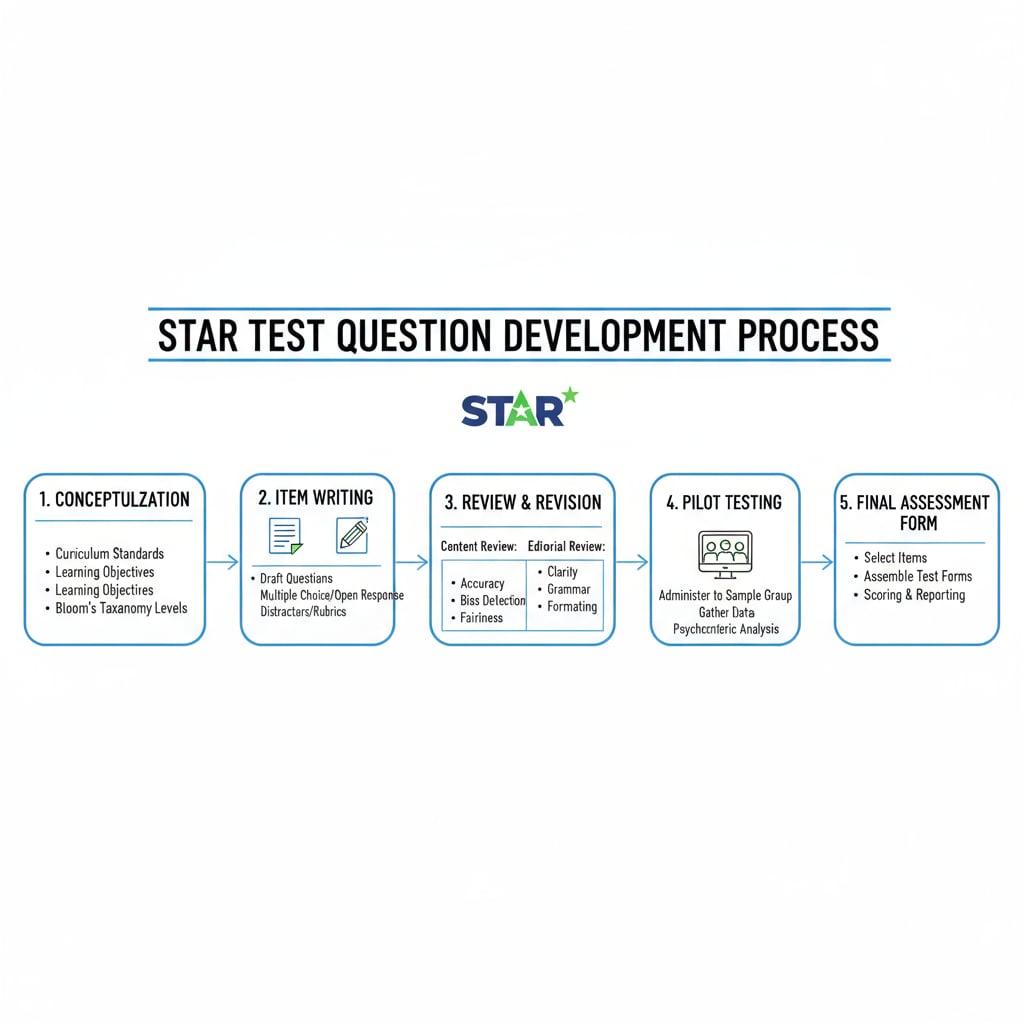STAR testing, percentile rankings, and student assessments are crucial components in the realm of education. Parents often find themselves grappling with understanding the significance of STAR test scores. In this article, we will delve deep into these aspects to shed light on the data and provide a guide for parents.

STAR Test is a widely used assessment tool in K12 education. But how reliable are its scores and what educational value do they hold?
The Science Behind STAR Testing
STAR Testing, short for Standardized Testing and Reporting, is designed to measure a student’s academic progress. It is based on a scientific approach that assesses various aspects of a student’s knowledge in different subjects. The test questions are carefully crafted to align with educational standards. For example, in math, it might cover concepts like arithmetic, algebra, and geometry. STAR Assessments official website explains the test’s design and purpose in detail. These questions are then administered to a large sample of students to establish a norm-referenced framework.

Understanding Percentile Rankings
Percentile rankings play a vital role in student assessments. When a student takes the STAR Test, their score is compared to that of other students in the same grade. The percentile rank indicates the percentage of students in the norm group who scored lower than the test-taker. For instance, if a student is in the 75th percentile, it means they scored higher than 75% of the students in the comparison group. This provides a relative measure of a student’s performance. Percentile rank on Wikipedia offers more information on how this metric is calculated and interpreted.
The percentile ranking helps parents and educators understand where a student stands in relation to their peers. It can be a useful tool to identify areas where a student may be excelling or areas that need improvement.
Readability guidance: We’ve used short paragraphs to make the content easy to digest. The sections on STAR testing science and percentile rankings provide key insights. We’ve also included external links for further information. Transition words like ‘for example’ and ‘instance’ help in better flow.


